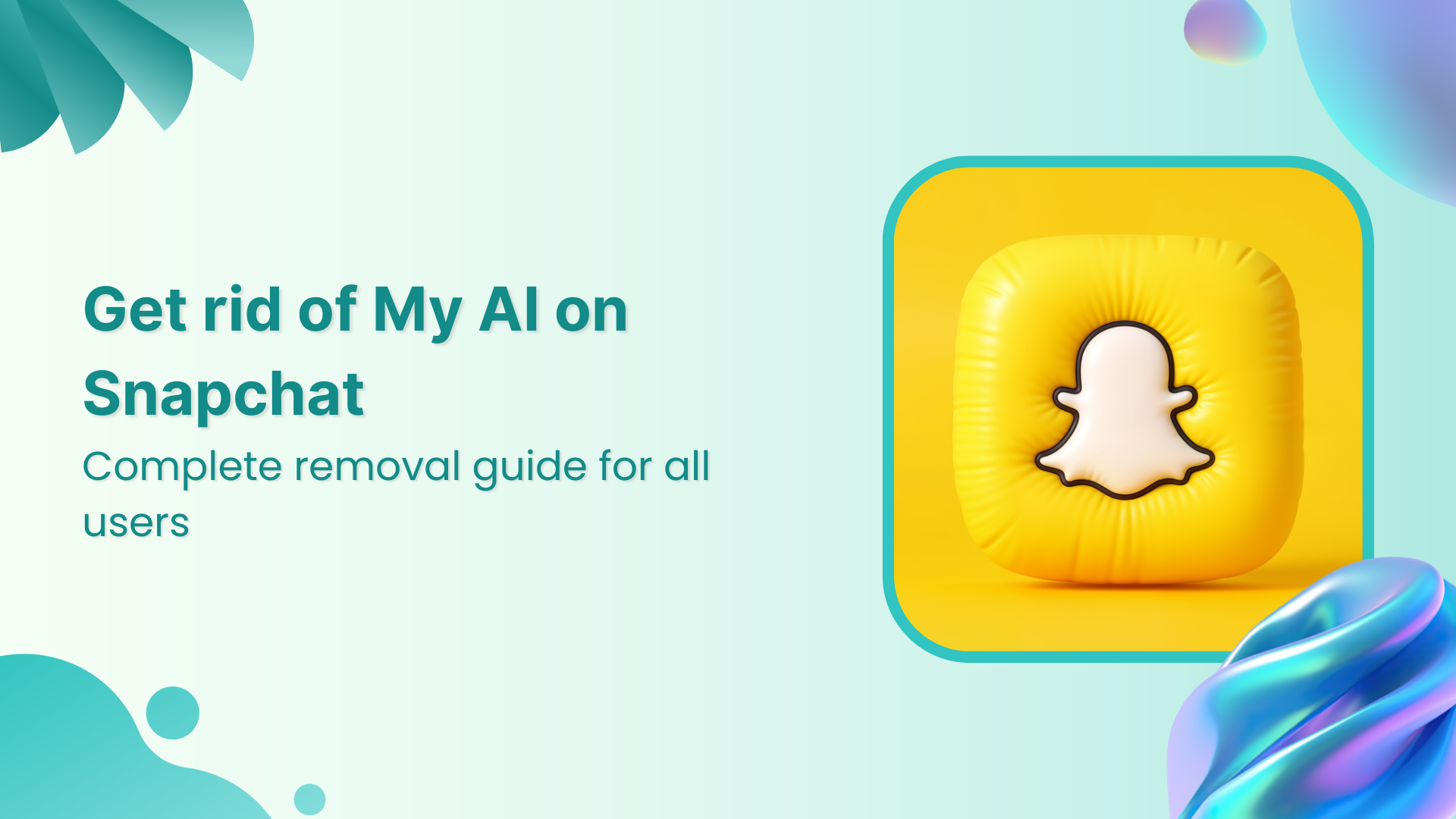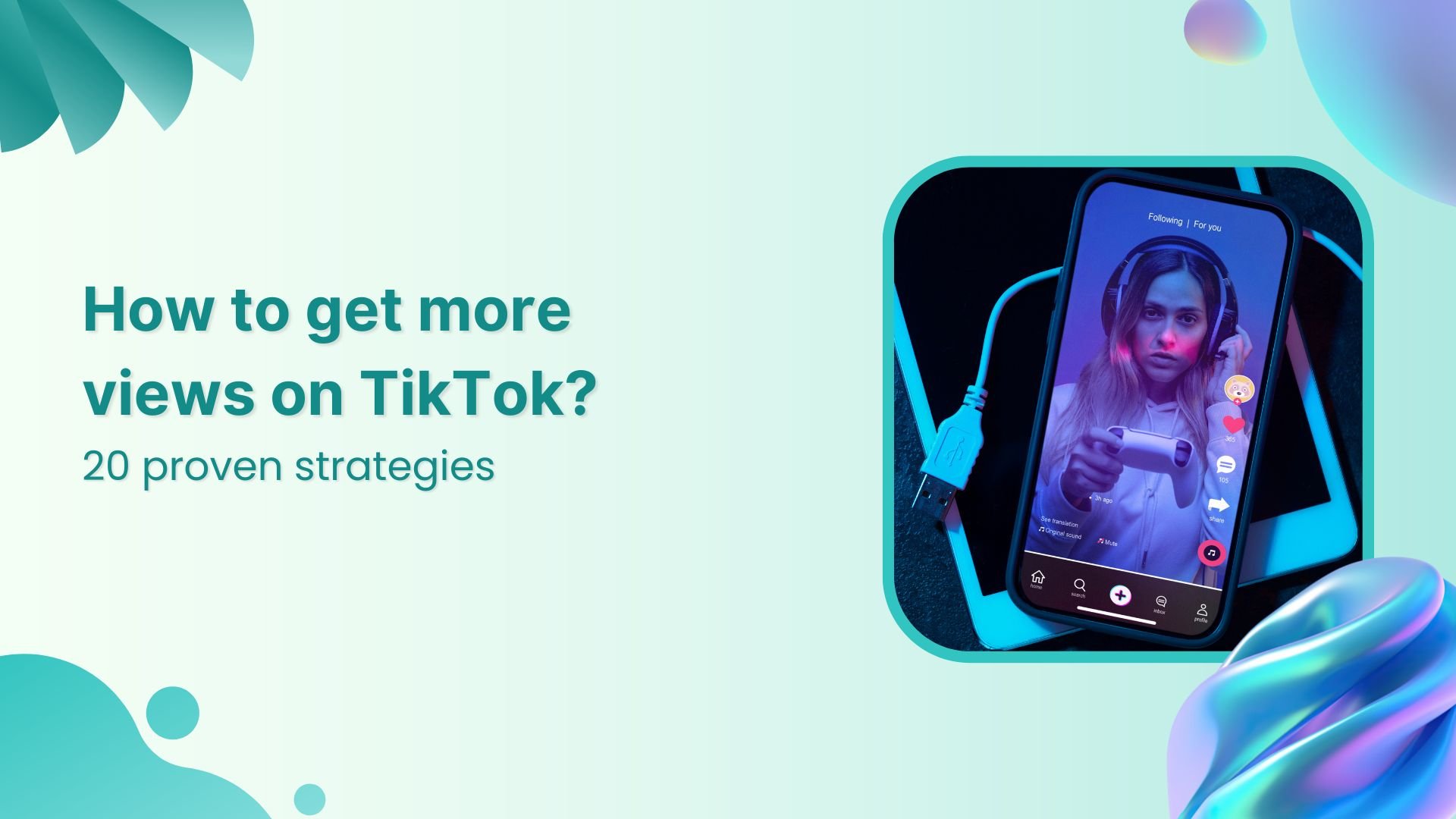Bulk-generate & schedule posts in seconds with Smart Scheduling. Try now!
40+ Social Media Manager Interview Questions
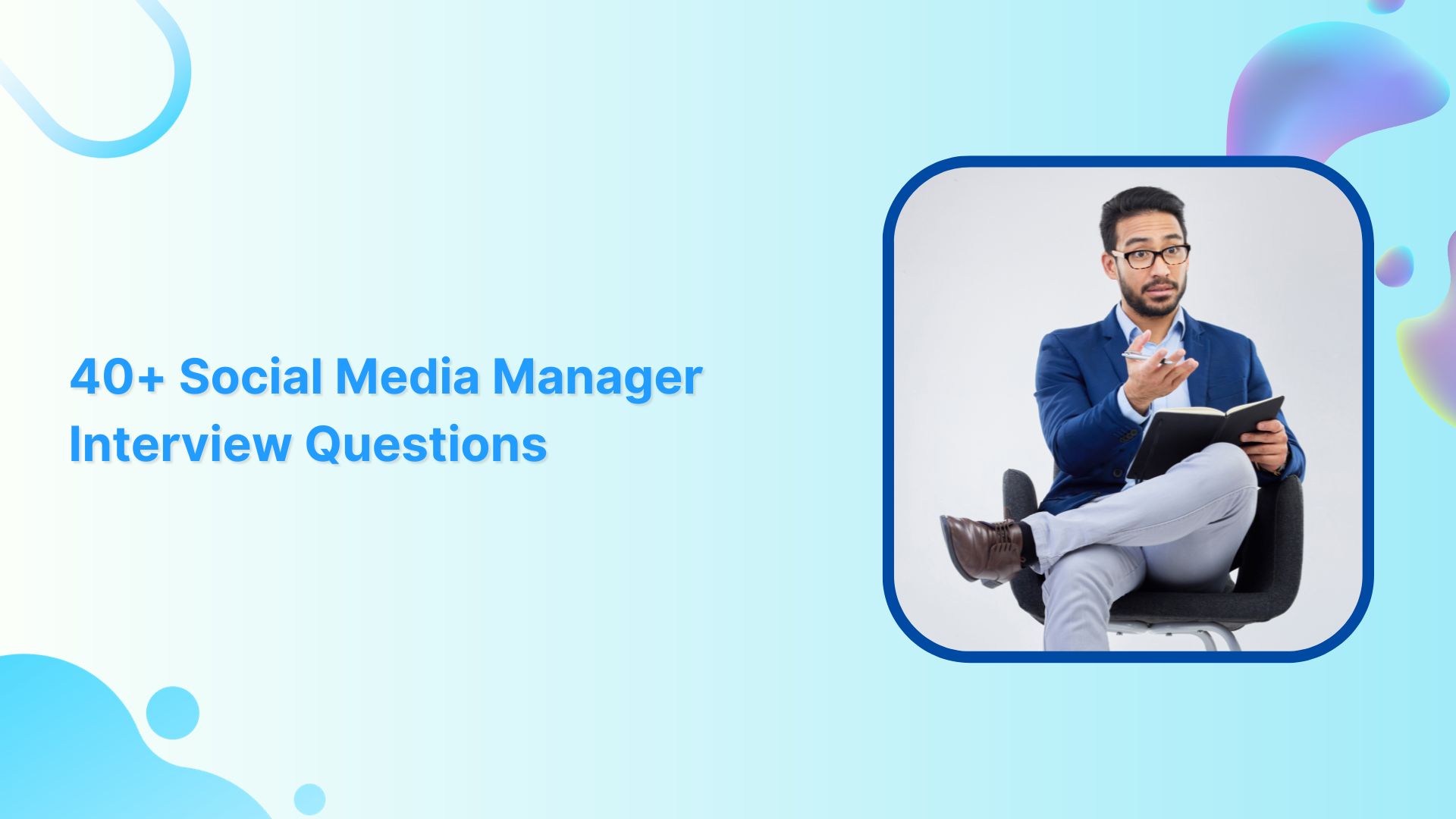
In today’s digital marketing world, social media plays a pivotal role in marketing and promoting products and services, particularly in the Software as a Service (SaaS) industry. In this article, we’ll delve into the top social media manager interview questions tailored specifically for SaaS companies.
As SaaS companies continue to grow, so does the demand for skilled social media managers who can effectively navigate the digital landscape to engage, attract, and retain customers. Hiring the right social media manager for a SaaS company is crucial, and the interview process is a critical step in identifying the ideal candidate.

The questions are designed to help hiring managers assess a candidate’s qualifications, expertise, and ability to succeed in this dynamic field. Whether you are a hiring manager looking to fill a social media management position or a job seeker preparing for an interview, this comprehensive list of questions will provide valuable content insights.
The easiest way to manage and grow your social channels.
Try ContentStudio for FREE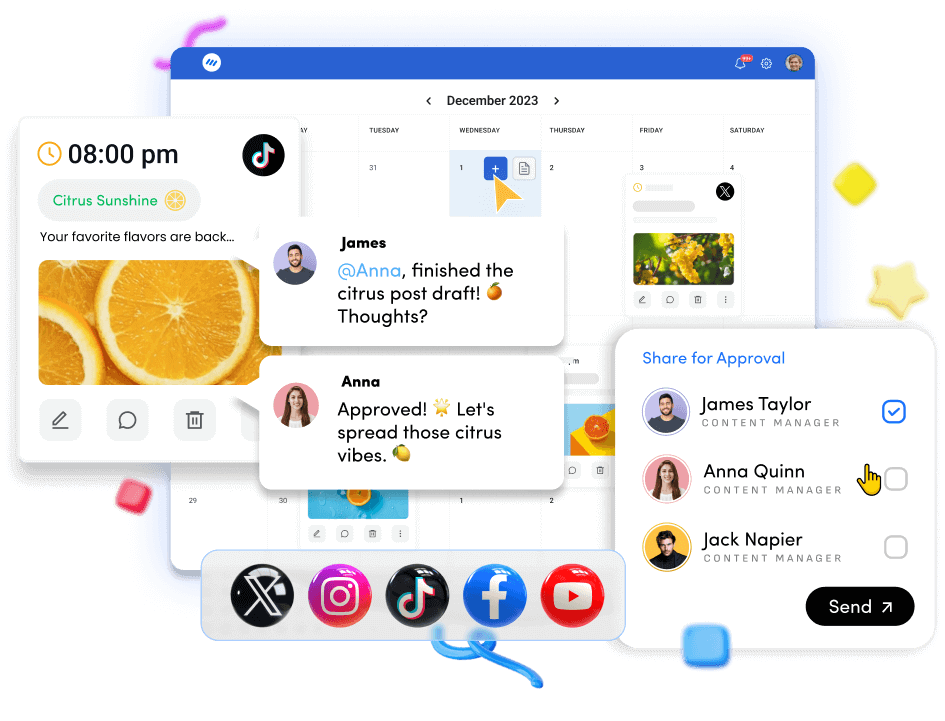
40+ social media manager interview questions:
Understanding the candidate’s background

Before diving into the specifics of social media management for SaaS, it’s important to establish the candidate’s qualifications and experience in the field.
1. Can you provide an overview of your experience in managing social media for SaaS companies?
Certainly. I have over five years of experience in social media management, with the last three years focused on SaaS companies. I’ve worked with both startups and established SaaS firms, handling their social media strategies, content creation, and community engagement.
2. Have you worked with any SaaS products or services in the past? If so, which ones?
Yes, I’ve had the opportunity to work with several notable SaaS products, including [Name of SaaS Product 1], [Name of SaaS Product 2], and [Name of SaaS Product 3]. These experiences have given me insights into the unique challenges and opportunities within the SaaS industry.
3. How do you adapt your social media strategy for different stages of the SaaS customer lifecycle (acquisition, onboarding, retention, and expansion)?
I understand that each stage of the customer lifecycle requires a different approach. For acquisition, it’s about creating awareness and interest. Onboarding involves educating new users, while retention focuses on building loyalty. Expansion means encouraging current users to explore more features. My strategies align with these stages, emphasizing relevant content and engagement.
5. What’s your approach to incorporating user-generated content (UGC) into a SaaS company’s social media strategy?
I believe UGC is a powerful tool for SaaS companies. I encourage users to share their experiences and content, such as reviews, testimonials, or success stories. I curate and promote UGC that aligns with our brand values and resonates with our target audience. This not only boosts engagement but also builds trust.
6. How do you leverage social listening tools to stay informed about what customers are saying about the SaaS product on social media?
I regularly use social listening tools like Brandwatch and Mention to monitor mentions, keywords, and sentiment related to our SaaS product. This allows me to proactively address customer concerns, gather feedback, and identify trends. It’s a valuable source of insights for shaping our social media strategy.
7. How do you handle situations where negative comments or reviews about the SaaS product appear on social media?
Negative comments are an opportunity to demonstrate transparency and customer-centricity. I address them promptly, acknowledge the concerns, and offer assistance or solutions. Privately, I aim to resolve issues, and publicly, I share our commitment to improvement. It’s important to show that we value feedback and are actively working to enhance our product.
8. In a competitive SaaS market, how do you differentiate a SaaS company’s social media presence and capture the attention of potential customers?
To stand out, I focus on showcasing the unique value propositions of our SaaS product. This involves creating compelling content that highlights our features, benefits, and success stories. Additionally, I emphasize thought leadership by sharing industry insights and trends, positioning us as experts in the field.
9. How do you balance organic and paid social media strategies for a SaaS company, considering budget constraints?
Budget allocation is crucial. I prioritize high-impact organic strategies, such as content creation and engagement, to maintain a strong online presence. For paid strategies, I target specific campaigns or platforms that align with our goals. I constantly monitor performance to optimize spending and ensure we get the best ROI.
Strategy and planning

Effective social media management for SaaS requires strategic thinking and careful planning. These questions assess a candidate’s ability to develop successful social media strategies.
10. How do you set and measure goals for social media campaigns in a SaaS company, and can you provide an example of a specific campaign and its objectives?
Setting clear, measurable goals is essential. I use the SMART (Specific, Measurable, Achievable, Relevant, Time-bound) framework to define objectives. For example, one campaign aimed to increase free trial sign-ups by 20% in three months. We achieved this by optimizing landing pages, using targeted ads, and creating compelling content.
11. Can you explain your approach to building a content calendar for a SaaS company’s social media channels?
A well-structured content calendar is crucial. I start by aligning it with the social media strategy, considering key events, product updates, and industry trends. I ensure a balanced mix of content types (e.g., educational, promotional, user-generated) and schedule posts strategically for optimal reach and engagement.
12. How do you decide which social media platforms are most relevant for a SaaS company, and do you adapt the strategy for each platform?
Platform selection depends on the target audience and content type. For example, LinkedIn is ideal for B2B SaaS due to its professional audience, while Instagram may work for visually appealing products. I adapt content and posting times to fit each platform’s unique audience and algorithm.
13. What steps do you take to create content that educates and informs potential customers about a SaaS product’s features and benefits?
I begin by thoroughly understanding the product and its value proposition. I then create content that addresses pain points, highlights features, and provides real-world examples of how our SaaS product solves problems. This educational approach helps potential customers make informed decisions.
14. How do you approach A/B testing for social media campaigns in a SaaS company, and what key metrics do you evaluate?
A/B testing is essential for optimization. I develop two versions of the same content or ad, varying a single element. I measure key metrics such as click-through rates, conversion rates, and engagement to determine which version performs better. Continuous testing allows us to refine strategies over time.
15. Can you describe a situation where you had to adapt a social media strategy for a SaaS product launch, and what were the key considerations?
During a SaaS product launch, adaptability is crucial. I closely collaborate with the product team to understand the unique selling points and target audience. I create a content plan that builds anticipation, highlights key features, and leverages teaser campaigns. Agility in adjusting the strategy based on real-time feedback is also essential.
16. How do you ensure that the social media strategy complies with relevant regulations and industry standards, especially in a SaaS context where data security and privacy are critical?
Compliance is non-negotiable in SaaS. I stay updated on relevant regulations, such as GDPR or HIPAA, and work closely with legal and compliance teams. We ensure that our content and campaigns meet all requirements, especially in terms of data security and privacy. Transparency is key in communicating our commitment to these standards.
Social Media Content Calendar
Stay consistent and organized with Contentstudio’s social media content calendar for marketers and agencies.
Get Started for FREE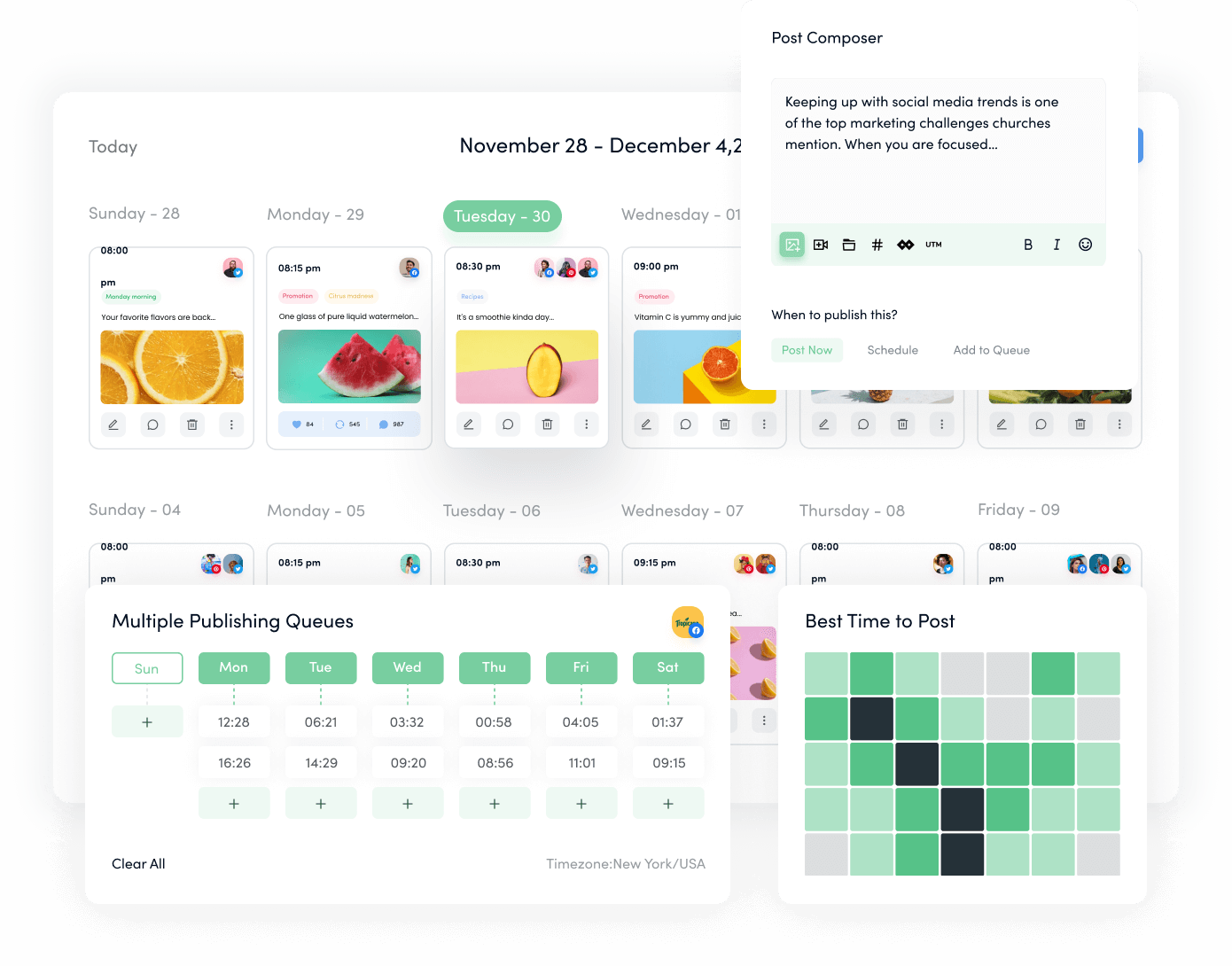
Content creation and distribution

Content is at the heart of any social media strategy. These questions assess a candidate’s ability to create compelling content and distribute it effectively.
17. How do you maintain a consistent brand voice and messaging across various social media platforms for a SaaS company with diverse audiences?
Maintaining consistency is vital. I start by defining our brand voice and messaging guidelines. Then, I adapt these guidelines for each platform while ensuring the core message remains consistent. This flexibility allows us to resonate with diverse audiences while maintaining a unified brand identity.
18. Can you explain how you research and identify trending topics or industry discussions relevant to a SaaS company’s social media content?
Staying current is essential. I regularly monitor industry-specific forums, news sources, and social media trends to identify relevant topics. I use tools like Google Trends and industry-specific hashtags to find popular discussions. This research helps us create timely and engaging content.
19. How do you incorporate video content into a SaaS company’s social media strategy, and can you share examples of successful video campaigns you’ve led?
Video is a dynamic medium. I use it to explain complex concepts, showcase product demos, and share customer success stories. One successful campaign involved a series of short tutorial videos demonstrating how to use our SaaS product, resulting in increased user engagement and product adoption.
20. Can you discuss your approach to content repurposing and how it can maximize the impact of social media campaigns for a SaaS company?
Content repurposing is a cost-effective strategy. I repurpose content into different formats (e.g., blog posts into infographics, webinars into short video clips) to reach various audience segments. This approach ensures that valuable content doesn’t go to waste and extends its lifespan.
21. How do you tailor content for international audiences and different time zones while maintaining a consistent brand message for a SaaS company with a global presence?
Global reach requires thoughtful planning. I create content that considers cultural sensitivities and language nuances. I also schedule posts to align with peak engagement times in different regions, ensuring that our message reaches audiences when they are most active.
22. How do you ensure that your content remains relevant and valuable in a rapidly evolving SaaS industry, and can you provide an example of adapting your content strategy to industry changes?
Staying relevant is an ongoing effort. I regularly update our content to reflect industry trends and changes in our SaaS product. For example, when we introduced a new feature, I quickly pivoted our content to highlight its benefits and provide tutorials, ensuring our audience stayed informed.
Analytics and performance measurement

Data-driven decision-making is essential in social media management. These questions assess a candidate’s ability to measure and analyze social media performance.
23. What methods do you use to track and report on key performance indicators (KPIs) for social media campaigns in a SaaS company, and how do you ensure these metrics align with business goals?
I track KPIs using analytics tools like Google Analytics, social media insights, and custom tracking parameters. The selection of KPIs is driven by our business goals, such as lead generation or customer retention. I customize reports to showcase the direct impact of our social media efforts on these goals.
24. Can you discuss your approach to measuring the return on investment (ROI) of social media campaigns for a SaaS product, and provide an example of a campaign where you demonstrated a positive ROI?
ROI is a priority. I calculate it by comparing the costs of the campaign with the generated revenue or conversions. In a recent campaign, we invested in targeted ads and saw a substantial increase in free trial sign-ups. The ROI was calculated based on the lifetime value of those conversions, which exceeded our campaign costs.
25. How do you identify and analyze trends in social media data that can inform future strategies for a SaaS company?
Identifying trends involves both quantitative and qualitative analysis. I use data analysis tools to identify numerical trends, such as spikes in engagement or click-through rates. Additionally, I analyze qualitative data, such as user comments and feedback, to uncover insights that guide future strategies.
26. How do you handle situations where social media metrics are not meeting set targets or benchmarks, and what steps do you take to address underperforming campaigns?
Addressing underperformance requires a proactive approach. I first identify the root causes by analyzing data and user feedback. Depending on the issue, I may adjust targeting, revise ad creatives, or experiment with different content formats. It’s crucial to iterate and adapt quickly.
27. Can you provide an example of how you’ve used social media data to identify opportunities for upselling or cross-selling additional products or services within a SaaS company’s existing customer base?
Certainly. By analyzing user behavior data, I identified that existing customers who engaged with certain content were more likely to be interested in our premium features. We created targeted campaigns highlighting these features, resulting in a noticeable increase in upsells among our current customers.
28. How do you ensure that social media reporting and insights are effectively communicated to cross-functional teams within a SaaS company, such as sales, product development, and customer support?
Effective communication is key. I prepare clear and concise reports that highlight the impact of social media efforts on relevant teams. Regular meetings and cross-functional collaboration ensure that insights are shared and can inform decision-making across the organization.
Social Media Analytics
Fine-tune your social media strategy for success with in-depth analytics and white-labeled reports.
Get Started for FREE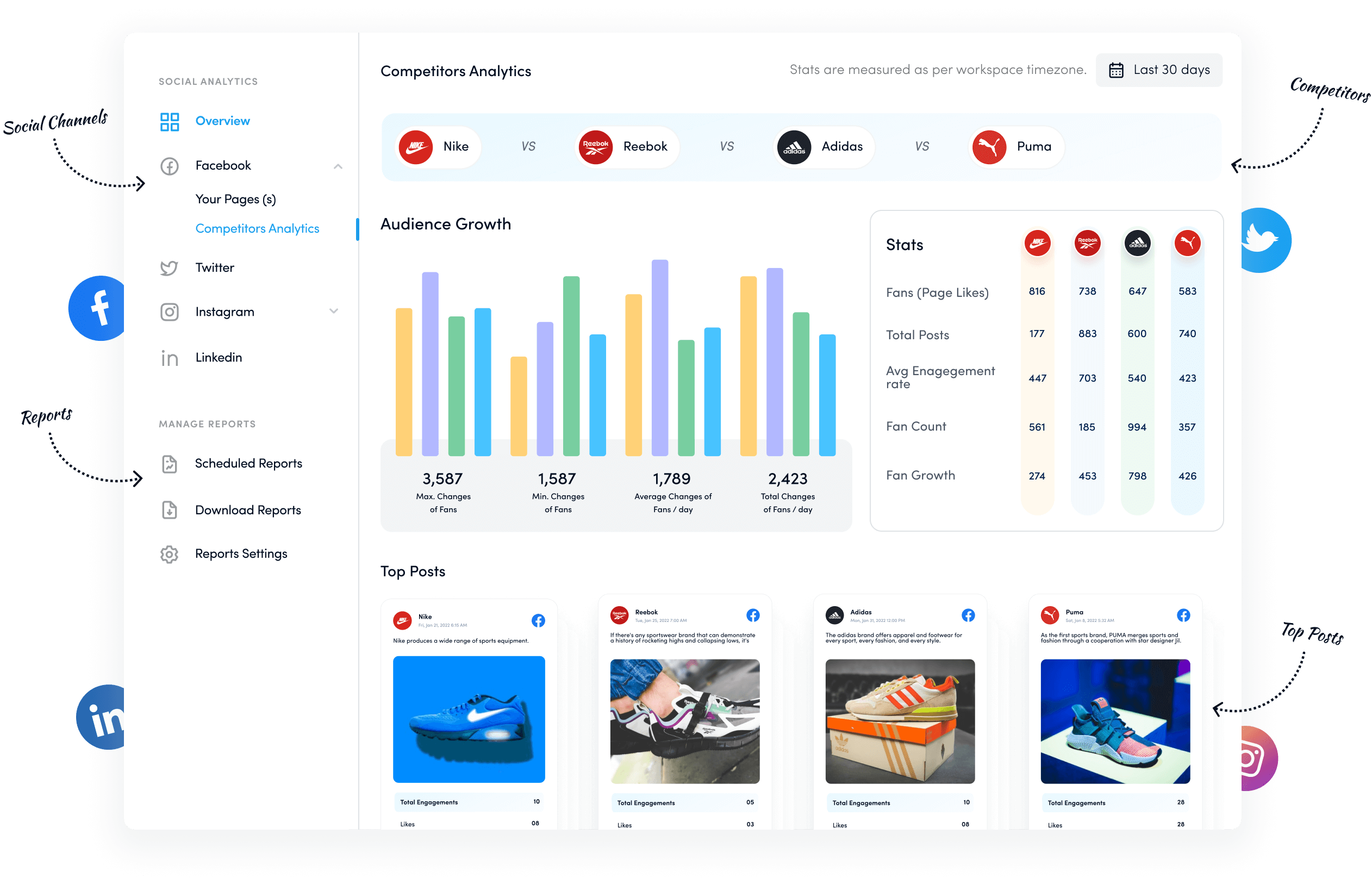
Communication and collaboration
Social media managers in SaaS companies often collaborate with cross-functional teams. These questions assess a candidate’s ability to communicate and work effectively with others.
29. How do you collaborate with product development teams to gather insights and content for social media campaigns related to new SaaS features or updates?
Collaboration with product development is crucial. I maintain an open line of communication with the product team, attending meetings and staying updated on upcoming releases. This allows me to gather insights early, plan content accordingly, and ensure a seamless launch on social media.
30. Can you describe your approach to collaborating with customer support teams to address customer concerns or inquiries raised on social media, and how does this contribute to overall customer satisfaction?
Collaboration with customer support is essential for prompt issue resolution. I work closely with support teams to ensure that customer concerns raised on social media are addressed quickly and efficiently. This not only resolves issues but also demonstrates our commitment to customer satisfaction.
31. How do you ensure that the social media strategy remains aligned with the overall branding and messaging strategies of a SaaS company, and how do you adapt when changes are necessary?
Alignment with branding is a top priority. I maintain open communication with the marketing and branding teams to ensure that our messaging, visuals, and tone are consistent. When changes are necessary, I work collaboratively to implement them while preserving brand identity and messaging.
32. Can you describe a situation where you had to handle a social media crisis specific to a SaaS company? How did you coordinate with cross-functional teams to manage it effectively?
In a previous role, we encountered a situation where a security concern was raised by a user on social media, potentially affecting our reputation. I immediately engaged our customer support and technical teams to assess and address the issue. We communicated transparently with affected users and the broader community, resolving the crisis while maintaining trust.
33. How do you collaborate with content creators or agencies to develop high-quality visual content and video assets for social media campaigns in a SaaS context?
Collaboration with content creators is crucial for visual content. I provide clear guidelines and briefs, ensuring that the content aligns with our brand and messaging. Regular feedback and revisions ensure that the content meets our quality standards and resonates with our audience.
34. Can you share an example of how you’ve successfully collaborated with influencers or industry experts to enhance a SaaS company’s social media presence and credibility?
In a previous role, we partnered with an industry influencer who had a substantial following in our niche. We collaborated on a series of webinars and joint content pieces. Their expertise added credibility to our brand, and the partnership expanded our reach significantly, resulting in increased engagement and conversions.
35. How do you foster a sense of community and engagement among the social media followers and users of a SaaS product, and can you provide examples of community-building initiatives you’ve led?
Community engagement is vital. I actively engage with our followers, respond to comments, and initiate conversations around relevant topics. Additionally, I’ve organized user-generated content contests and Q&A sessions with our team, fostering a sense of community and strengthening brand loyalty.
36. How do you ensure that social media feedback and insights from users are effectively communicated to the product development team to influence product improvements and enhancements?
User feedback is invaluable. I maintain a feedback loop with the product development team, regularly sharing insights and suggestions gathered from social media. I provide detailed reports and highlight recurring themes or pain points, helping to prioritize product improvements that align with user needs.
Read-Up: Social Media Collaboration: How to Make It Work?
Keeping up with industry trends
The SaaS industry is ever evolving, and social media managers must stay current with the latest trends and innovations. These questions assess a candidate’s commitment to professional development.
37. What steps do you take to stay updated on the latest trends and best practices in SaaS social media marketing?
Staying current is a priority. I regularly read industry publications, follow influential thought leaders on social media, and attend webinars and conferences focused on SaaS marketing trends. Continuous learning and networking help me stay ahead of industry changes.
38. Are there any recent SaaS marketing trends or innovations that you find particularly interesting or relevant?
Absolutely. I find the growing importance of personalized content and marketing automation in the SaaS industry particularly fascinating. These trends allow us to tailor our messaging and user experiences, enhancing engagement and conversions. Leveraging AI and machine learning for data-driven decision-making is also intriguing.”
39. How do you apply emerging social media trends, such as ephemeral content or live streaming, to enhance the social media presence and engagement of a SaaS company?
I’m a strong advocate for embracing emerging trends. Ephemeral content and live streaming offer opportunities for real-time engagement and authenticity. I’ve used platforms like Instagram Stories and live webinars to connect with our audience, showcase behind-the-scenes content, and create a sense of urgency for promotions.
40. Can you discuss your experience with incorporating social media platforms or features that are popular among younger audiences (e.g., TikTok or Snapchat) into the marketing strategies of a SaaS company targeting a diverse demographic?
Diversifying our platform presence is essential. While our primary focus may be on platforms like LinkedIn and Twitter for B2B engagement, I’ve explored TikTok and Snapchat for engaging younger audiences. We’ve created engaging, platform-specific content to connect with this demographic and drive brand awareness.
41. Can you share your approach to keeping the social media team informed about emerging trends and best practices and ensuring that knowledge is disseminated effectively?
Knowledge sharing is essential. I regularly update the team on emerging trends through team meetings and dedicated training sessions. We also maintain a shared resource library where team members can access relevant articles, webinars, and industry reports. This collaborative approach ensures that everyone stays informed and aligned.
42. How do you see artificial intelligence and machine learning impacting social media management for SaaS companies in the near future, and are there any specific AI applications you find promising for this field?
AI and machine learning are poised to revolutionize social media management. AI-powered chatbots for customer support, predictive analytics for content strategy, and automated content curation are just a few promising applications. These technologies will allow us to work smarter, personalize content, and make data-driven decisions more effectively.
43. Can you provide examples of social media campaigns or strategies from SaaS companies that have impressed you with their innovative use of technology or trends?
I’ve been impressed by SaaS companies that have incorporated interactive content, such as calculators or quizzes, into their social media campaigns. These engage the audience while providing valuable insights. Additionally, companies leveraging virtual reality or augmented reality for product demos have stood out as innovators in the field.
44. How do you plan to adapt and grow your skills as a social media manager in the ever-evolving SaaS industry over the next few years?
Continuous growth is essential. I plan to pursue advanced training in data analytics, AI applications in marketing, and further develop my understanding of emerging platforms. Networking with industry professionals and attending relevant conferences will also play a pivotal role in staying at the forefront of the SaaS social media landscape.
Conclusion
Hiring the right social media manager for a SaaS company is crucial for building a strong online presence, engaging customers, and driving business growth. These interview questions and candidate answers cover a wide range of topics, from background and experience to strategy, analytics, collaboration, and staying updated on industry trends. By asking these questions and evaluating responses, SaaS companies can identify the candidates best suited to excel in this dynamic and essential role.
FAQs
How do I prepare for a social media manager interview?
To prepare for a social media manager interview, focus on researching the company, understanding industry trends, and reviewing your own social media achievements. Be ready to discuss your approach to strategy, content creation, and analytics, as well as your ability to adapt to changes in the social media landscape.
How do you answer a social media manager interview?
When answering a social media manager interview, emphasize your relevant experience and past successes in social media management. Discuss your approach to strategy, content creation, analytics, and collaboration with cross-functional teams. Highlight your commitment to staying updated on industry trends.
What questions should I ask a social media manager?
If you’re interviewing a social media manager, consider asking questions about their experience in handling social media crises, their strategy for balancing organic and paid strategies, and their preferred analytics tools and platforms.
Recommended for you
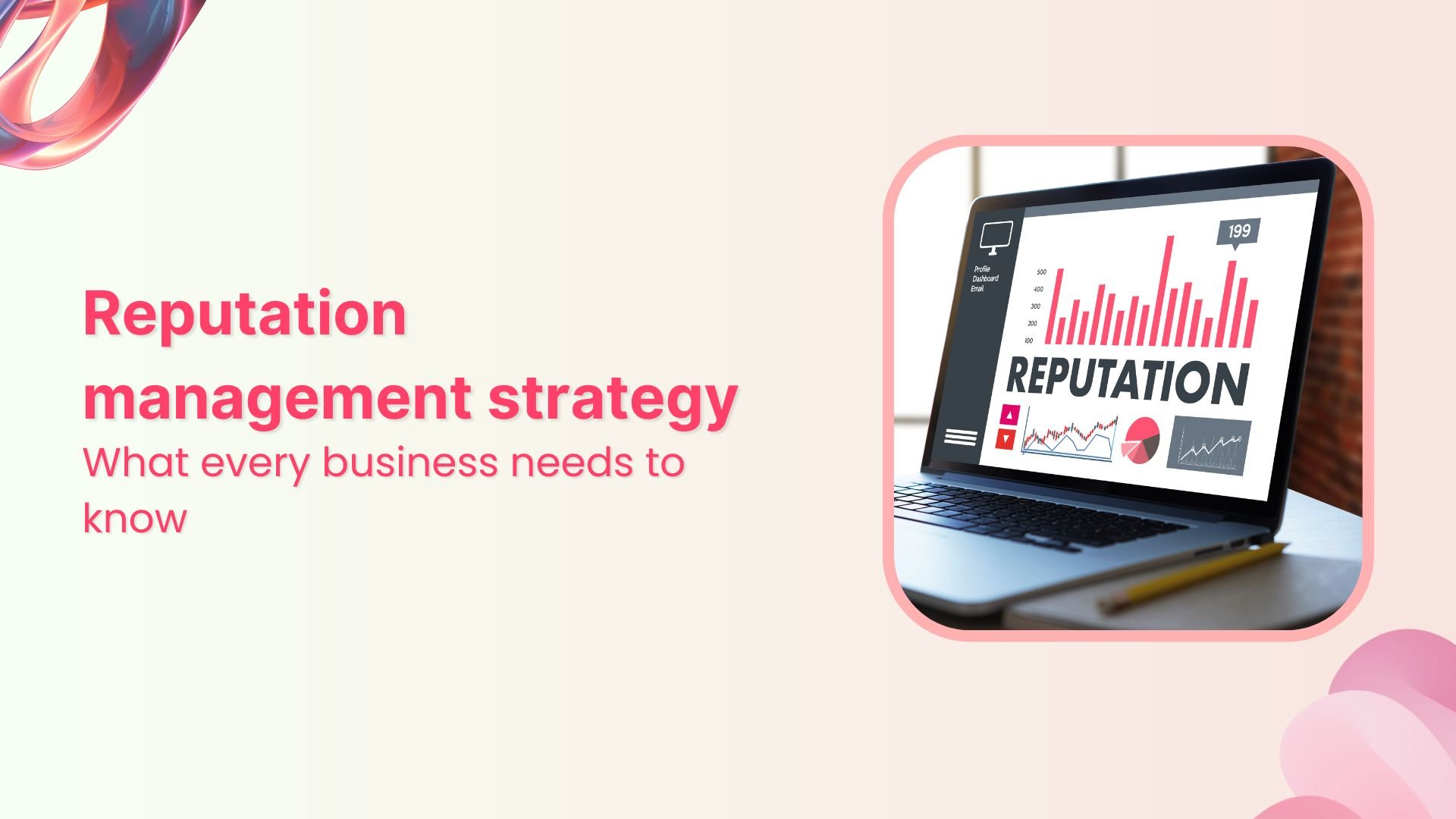
Reputation management strategy in 2026: What every business needs to know


Powerful social media management software
14-day free trial - No credit card required.
